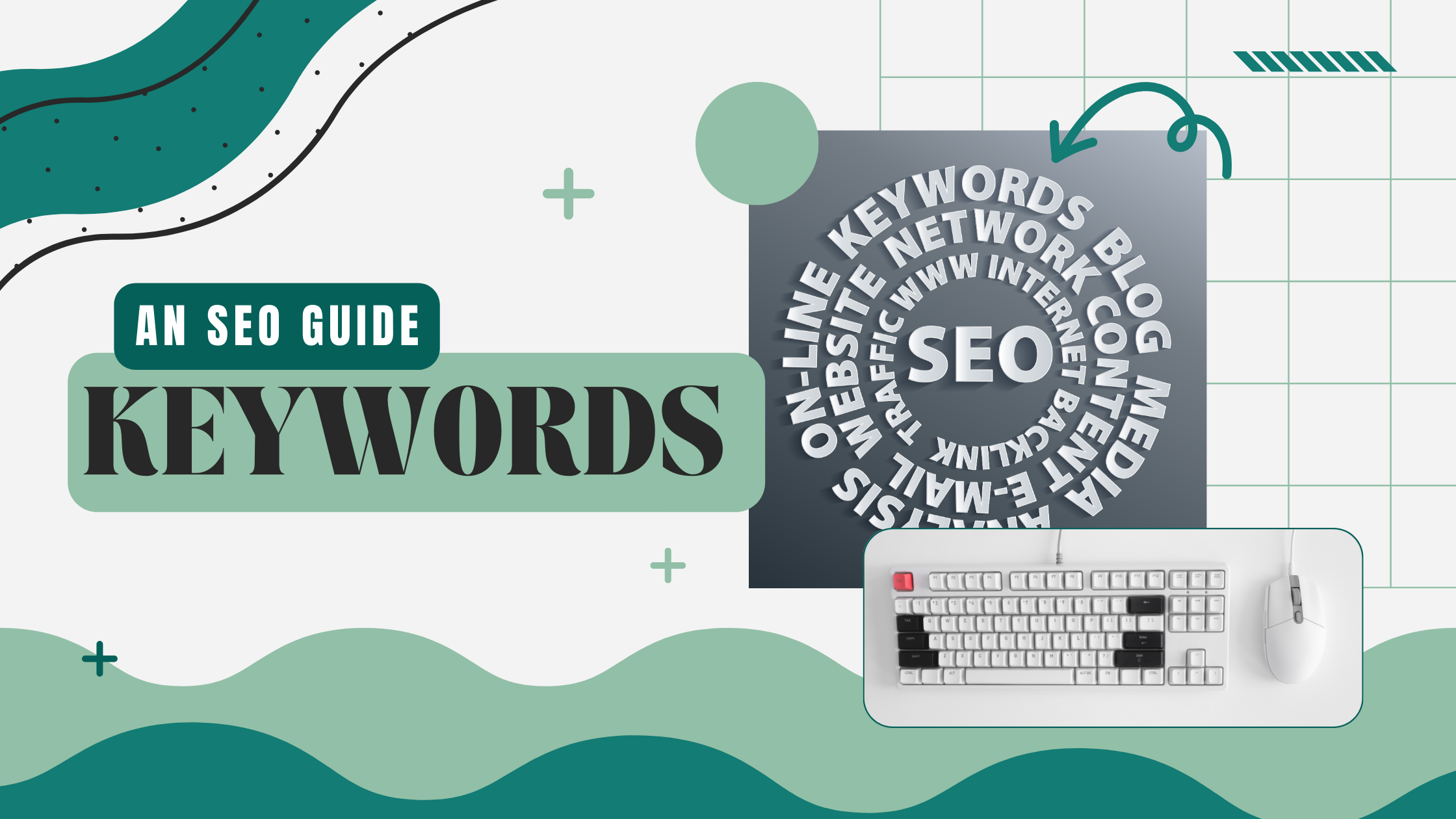Internal Linking: Strengthening Your Digital Foundation
Internal linking isn’t just a mere tactic; it’s a strategic approach to weaving a network within your website, enabling search engines and users to discover content seamlessly.
What is Internal Linking?
Internal linking connects one page of your website to another within the same domain, creating a structured web of information.
Why Internal Linking Matters
It’s not just about website navigation. Internal linking establishes your site’s architecture, helping search engines understand the hierarchy and relationship between pages. This, in turn, distributes page authority and enhances ranking power across your site, making your content more discoverable.
Internal Linking Best Practices
- Create Rich Content: The first step is to have a substantial number of internal pages. More content means more opportunities for linking.
- Strategic Anchor Text: Use descriptive anchor text for your links, focusing on relevancy and keywords without over-optimizing.
- Depth Over Breadth: Link deep within your site to pages beyond just the homepage or contact us page. This encourages exploration and increases the time users spend on your site.
It’s crucial to understand that a well-structured website serves as the backbone of effective SEO and user navigation. This foundational strategy enriches the user experience, bolsters your site’s SEO framework, and ensures that the value of your content is fully recognized and easily accessible.
External Linking: Expanding Your Industry Authority
External linking extends the reach of your website, connecting it with the broader internet landscape.
What is External Linking?
External links send your readers from your website to other domains, providing additional value and context.
Why External Linking Matters
External linking is crucial for establishing relevance and authority. Linking to reputable sources can enhance your own site’s credibility and usefulness, encouraging backlinks and improving your standing in search engine results.
External Linking Best Practices
- Choose Quality Over Quantity: Link to authoritative sources that add value to your content and support your industry standing.
- Nofollow vs. Dofollow: Use “nofollow” links when necessary to avoid passing on ranking power indiscriminately, especially in cases where links don’t contribute to your site’s authority or when linking to unverified content.
External linking not only enriches your content with additional context and credibility but also signals to search engines the scope of your industry knowledge and network. By thoughtfully integrating external links into your content, you can enhance your site’s relevance, authority, and the overall user experience, forging pathways that lead back to your digital doorstep from across the web.
Crafting a Cohesive Linking Strategy
For B2B manufacturers, a well-executed linking strategy—both internal and external—can significantly impact SEO and user experience. By guiding users and search engines through your site with internal links and demonstrating industry knowledge through external links, you can create a more engaging and authoritative online presence.
Ready to optimize your linking strategy and boost your SEO? Let’s connect to discuss how we can enhance your digital footprint, driving more relevant traffic and establishing your site as a go-to resource in the manufacturing industry.
Related Articles
Search Engine Optimization (SEO)
Understanding site hierarchy—how your website's pages are structured and interconnected—can significantly impact both user experience and your site's SEO performance.
Search Engine Optimization (SEO)
Optimizing headers goes beyond simply using them; it's about making them work effectively for your content and SEO strategy. But first and foremost, what are headers?
Search Engine Optimization (SEO)
One of the key components to achieving an online presence is through keywords. In this blog post, we'll explore keyword insights tailored specifically for the B2B manufacturing sector.



